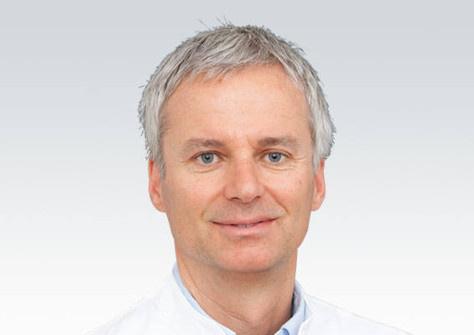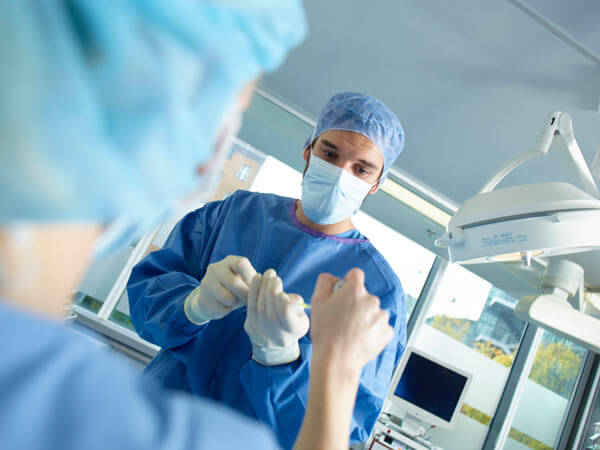Hallux Valgus Surgery
Hallux Valgus Surgery
Forefoot surgery to correct a hallux valgus is necessary when other conservative forms of treatment, such as splints or the use of other orthopaedic devices, have failed. There are three types of hallux valgus surgeries, each used for different degrees of severity of the forefoot’s malposition. Most importantly, patients should actively be aware of the types of shoes worn after surgery, as it is not uncommon for hallux valgus to be caused by improper fitting shoes. Women are more likely to be affected by this condition, as high-heels and very tight shoes are commonly behind a case of hallux valgus.
Your advantages at OrthoCenter Munich
- Orthopedic treatment focus on spinetherapy
- Wide range of conservative and operative procedures
- Gentle procedures in focus: Dr. Riedel specializes in gentle pain therapy. He was head physician in various pain clinics for over 20 years
- Joints and surgical expert: Prof. Dr. Lill specializes in the treatment of joints. He has years of experience in the field of minimally invasiveand arthroscopic ops.
- Cooperation with clinics and research institutes worldwide
- Renowned private practice: the OrthoCenter is internationally known and repeatedly welcomes patients from abroad who come to Munich for treatment
Сorrection in mild to semi-advanced cases
The easiest form of forefoot surgery is the so-called minimally invasive surgery. This type of treatment does not require the use of wire or screws – instead, a small instrument is used to scrape away excess bone matter. Only two small incisions are required, making this a very gentle type of treatment. Another gentle form of treatment is a chevron osteotomy. In this case, the two toe bones are fixed together with a screw or wire. Ideally, this type of surgery is done in conjunction with soft-tissue correction, so that the so-called sesamoid bones (which are located on the foot tendons) can be more easily moved into the correct position.
Scarf osteotomy
Before the start of a Scarf osteotomy, which is used in more advanced cases of hallux valgus, a tourniquet is placed on the thigh in order to stop the flow of blood to the foot. This allows the surgery to take place without much bleeding. Patients are either generally anesthetised or given an epidural. At first the metatarsal bone is cut and then moved into the correct position. Soft-tissue corrections are also made simultaneously. This type of hallux valgus treatment leaves patients with little or no pain after the operation. After approximately two weeks, the wound is completely healed and just two weeks after that, patients may begin to fully weight their foot again. Patients should wear a special orthopaedic shoe that reduces the load on the foot and allows them to get back to work more quickly for about four weeks after the surgery. Also, it should be noted that most private and public health insurance providers cover the costs of this type of surgery.

Your specialist Prof. Dr. Lill
YOUR EXPERT FOR HALLUX VALGUS
Would you like to obtain more information on hallux valgus surgery? Professor Lill is happy to help! Make your appointment with him today and let your foot and bunion be examined by the renowned orthopaedic specialist in Munich.










